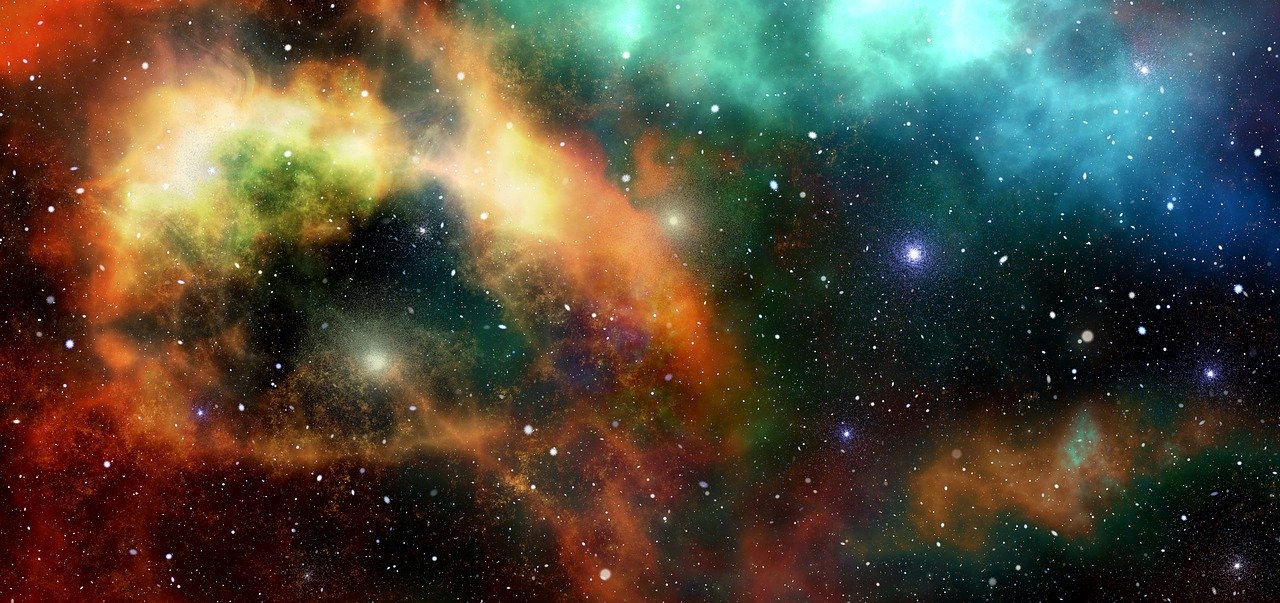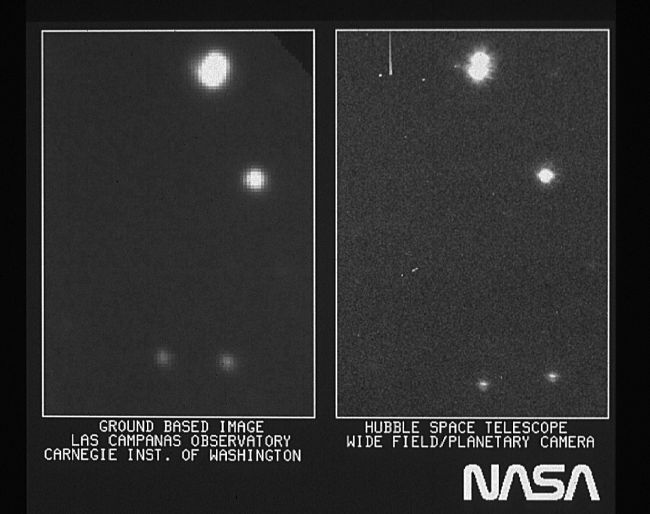NASA Celebrates Hubble’s 30th Birthday With Stunning Photo of ‘Cosmic Reef’

Hubble space telescope is capable of seeing a firefly at a distance of 7,000 miles. This is hard to imagine but in the vacuum of space, there is no atmosphere blocking Hubble’s view as happens here on earth.
Edwin Hubble, who worked at Mount Wilson Observatory in 1923 was the first scientist to confirm the existence of galaxies outside the Milky Way. In 1929, Hubble argued against the steady-state theory of the universe and for the Big Bang as he had evidence of galaxies moving away from one another in an expanding universe.
Delays & Disasters Finally Overcome
Hubble has opened up the universe and all its wonders to scientists, astronomers and the public. But the Hubble project took decades to get approval and then ran into delays.
The journey to Hubble’s launch and deployment was marred by delays following US Congress’ allocation of funds for the project in 1977. The first was the Challenger Disaster in 1986 which grounded the space shuttle program. During the delay Hubble engineers redesigned the sensitivity of Hubble’s mirror and improved its ground control software.
Finally in 1990 more than a decade behind schedule, Hubble was released by Discovery into an orbit about 310 miles (500 kilometers) from Earth. Even after being deployed NASA discovered Hubble’s mirrors hadn’t been ground to specifications. It wasn’t until late 1993 when a crew of astronauts installed a fix. Soon after, Hubble was beaming astonishing images back to earth as it continues to do today.
Hubble has gazed at more than 5,000 galaxies with the most distant begin nearly 14 billion light years away from Earth. Over the years Hubble has contributed some of its technology to challenges faced by humanity back on earth. For example, silicon chips developed for Hubble’s Space Telescope Imaging Spectrograph are now used by medical technicians to obtain higher resolution images of women’s breasts for more accurate identification of malignant and benign tumors.
Hubble’s First Image vs. Image from Ground Based Telescope
The first image taken by the Hubble Space Telescope on May 20, 1990, are in sharp contrast to the images Hubble is famous for today.

According to NASA, “on the right is part of the first image taken with NASA’s Hubble Space Telescope’s (HST) Wide Field/Planetary Camera. It is shown with a ground-based picture from Las Campanas, Chile, Observatory of the same region of the sky.”
Celebrating Hubble’s 30th Birthday
NASA released an image of the “Cosmic Reef” to celebrate Hubble telescope’s 30th year of exploring the universe from the Earth’s orbit.
According to NASA, “thee bright ridges of interstellar gas and dust are bathed in energetic starlight. With its sea of young stars, the massive star-forming region NGC 2014 has been dubbed the Cosmic Reef:
Cosmic Reef is “drifting just offshore, the smaller NGC 2020, is an expansive blue-hued structure erupting from a single central Wolf-Rayet star, 200,000 times brighter than the Sun. The cosmic frame spans some 600 light-years within the Large Magellanic Cloud 160,000 light-years away, a satellite galaxy of our Milky Way.”
The Future of Hubble & Space Telescopes
According to Ken Sembach, Director of the Space Telescope Science Institute says, “I think Hubble’s got a good five years left. And we’re operating the observatory in a way meant to keep it scientifically productive out to 2025. Does this mean we’ll get to 2025? No, something could go wrong tomorrow—this is the space business, after all. But, then again, maybe we could get to 2030.”

 Tech Steel & Materials
Tech Steel & Materials